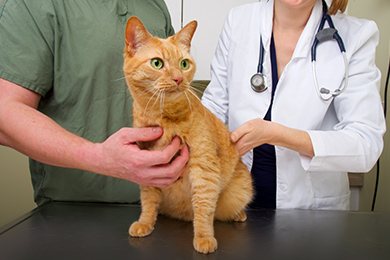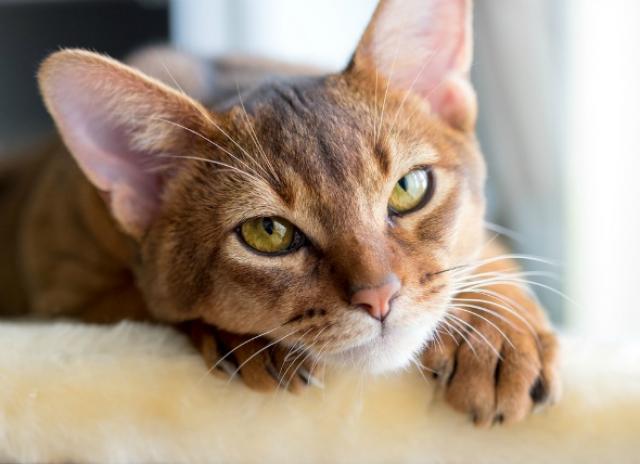chlamydia in cats transmission
Up to 10 cash back 5-15 lbs 6 Chewable Tabs Up to 5 lbs - 12 Chewable Tabs 5-15 lbs 12 Chewable Tablets. Chlamydia is spread by close or direct contact with an infected cat so all cats in the home can become infected.

Chlamydia In Cats A Common Cause Of Feline Conjunctivitis Kingsdale Animal Hospital
Feline chlamydia is responsible for up to 30 of feline conjunctivitis cases.
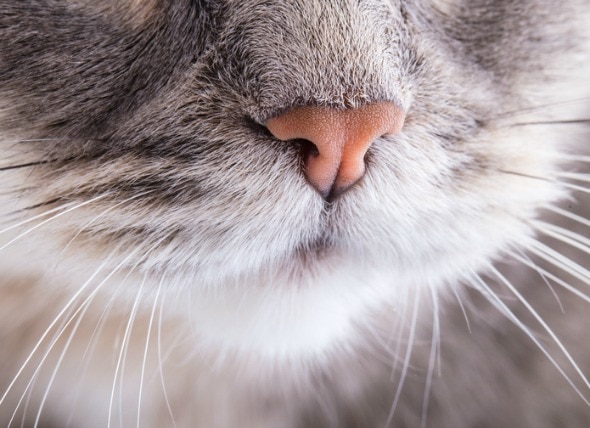
. Chlamydia In Cats Transmission. Chlamydia in cats is a bacterial infection primarily affecting the eyes which can cause conjunctivitis. Chlamydia felis previously known as chlamydophila is an infection in cats caused by a certain type of bacteria.
5601 See PetPlus Price in Cart. Chlamydia in cats is a respiratory disease that is usually spread from contact with other cats. Chlamydia felis does not survive outside of the host so close contact between cats is required for transmission usually via ocular discharges.
An infection with Chlamydophila felis occurs either through direct contact with contaminated eye discharge or indirect contact with secretions from the respiratory tract. For the first aid of cats eye infection you can check the ways on how to treat cats eye infection. It is caused by a bacteria called Chlamydophila felis which is contagious between cats.
Cats in shelters. Transmission of Chlamydophila between cats occurs through direct contact with other cats or infected animals. These can last for up to several weeks even if treatment has been started.
In combination with other viral and bacterial pathogens chlamydia also causes the cat flu complex which in addition to conjunctivitis is also noticeable. The recurrence of chlamydia is a common problem especially if the cats immune system is very weak. Most cats recover completely after a calicivirus infection but rare strains can be especially deadly.
In general infection with chlamydia in cats can be treated well with. Though its rare feline chlamydia infections can potentially transfer to humans. This condition is most commonly seen in young kittens and usually starts off with conjunctivitis.
Once known as chlamydia psittaci or feline pneumonitis chlamydia has been identified in cats worldwide. For example cats can become infected with one another via droplets. This condition is most commonly seen in young kittens and.
Chlamydiosis refers to a bacteria based chronic respiratory infection caused by the Chlamydia psittaci bacterium. The most common signs of chlamydia in cats involve the eyes or the upper respiratory tract nose or throat and only when infection is not treated does it spread to the lungs. Felis doesnt survive well in the environment however it is always advisable to exercise caution when dealing with infected cats and practice routine hand washing and disinfecting to minimise the.
It is especially common in shelters and breeding colonies and often infects young cats. Chlamydia felis infection is relatively common in cats it is thought to be a cause of up to 30 of cases of chronic conjunctivitis. Transmission from another cat.
Feline conjunctivitis is common and often presents a clinical challenge to the veterinarian. We investigated 13 cats aged between 2 months and 7 years in which conjunctivitis rhinitis laryngotrachei. What is chlamydia in cats and how is it transmitted.
The bacteria that cause feline chlamydia typically cannot survive very long away from a host so this disease usually spreads by direct contact between an infected and an uninfected animal. Symptoms are most severe 9 to 13 days after onset becoming mild over the next 2-3 weeks. In cats the pathogen typically causes chronic conjunctivitis with clear to slimy eye discharge.
How is Chlamydia Transmitted. Transmission of and Risk Factors for Feline Chlamydia. Cats contract feline chlamydia from an infected cat.
This disease can lead to conjunctivitis which is an infection and inflammation of the conjunctiva that covers the inner surface of eyelids and the white part of the eyes. Chlamydia in cats is transmitted most often by airborne droplets. The disease in cats is also known as feline pneumonitis which can be misleading because these bacteria rarely cause pneumonia in cats.
Different strains of Chlamydia felis and Chlamydia pneumoniae bacteria cause significant eye infections in cats. While chlamydia in humans is mostly known as one of the. Cats with chlamydia usually develop symptoms about 5 days after exposure.
In cats with conjunctivitis the conjunctiva becomes swollen and red. Known as feline chlamydia its fairly common and can affect the upper respiratory system or eyes. With treatment the prognosis is positive.
Chlamydiosis in cats is caused by the bacterium of the same name Chlamydophila felis. Chlamydia is a respiratory disease conspired from bacteria that is usually spread from contact with other cats. Chlamydial conjunctivitis in cats is an infection caused by a bacterial organism.
Chlamydia is one of several upper-respiratory diseases affecting cats. Signs and Symptoms of Chlamydia in Cats. Chlamydia in cats is usually most severe in kittens who acquire chlamydia from direct contact with an infected animals sneeze or cough or even during the birthing process.
Cats that have developed this infection will often exhibit traditional signs of an upper respiratory infection such as watery eyes runny nose and sneezing. The incubation period of chlamydia in cats is 3-5 days and. Although cats of all ages can be infected the disease is most commonly seen in kittens or where.
Chlamydia in cats is caused by the bacteria Chlamydia felis. Chlamydia is spread by close or direct contact with an. Learn the causes treatment and prevention.
Chlamydial conjunctivitis is an infection of the membrane around the eye the conjunctiva. Chlamydia felis is a Gram-negative bacterium that is an obligate intracellular parasite of cats. The mode of transmission is uncertain but Chlamydophila cannot survive in.
This often happens when cats socialize and mutually groom each other although it can also occur when cats. Felis is considered as a primary and important agent in the etiology of infectious diseases of the upper respiratory tract and eyes in cats having zoonotic potential. The predominant routes of transmission can differ between chlamydial species disease syndromes and hosts.
The majority of infections are caused by contact with ocular secretions with secondary transmission via direct physical contact or contaminated surfaces and fomites. Chlamydia is a disease caused by a bacterium called Chlamydophila felis. Feline Chlamydophila formerly Chlamydia is caused by a bacteria known as Chlamydophila felis and primarily causes conjunctivitis inflammation of the membrane lining the eyelid.
Chlamydiosis typically affects young cats under 9. Chlamydia psittaci is an important pathogen and should always be considered when evaluating cats with conjunctivitis. May 17 2019.
Feline calicivirus is a highly contagious virus that causes a mild to severe respiratory infection and oral disease in cats. FCV is an infrequent cause of conjunctivitis and only causes the disease in conjunction with other clinical signs of this infection.

Chlamydia In Cats What It Is And What It Isn T Catster
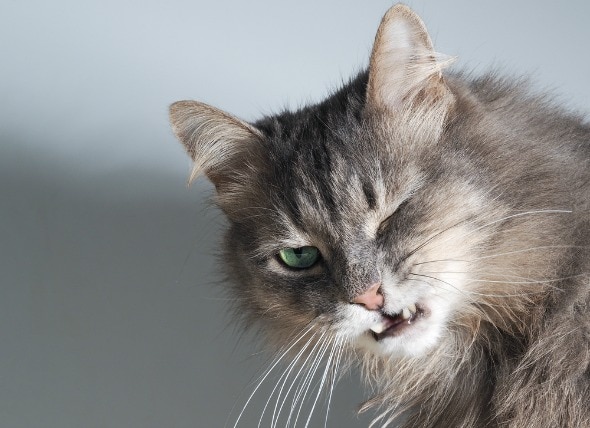
Upper Respiratory Infection Chlamydia In Cats Petmd
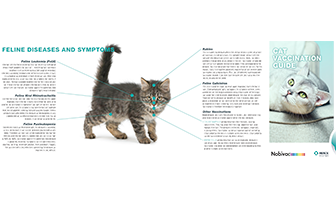
Feline Chlamydophila Disease Merck Animal Health Usa
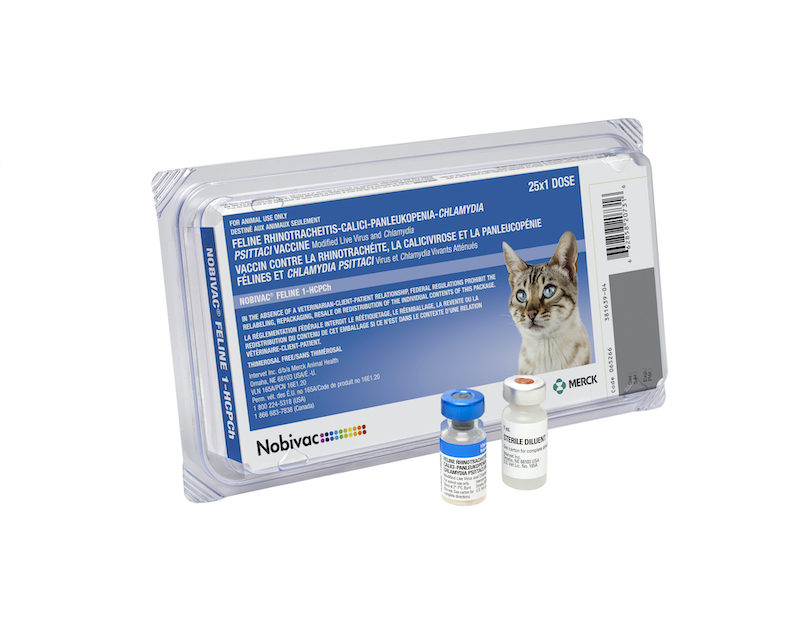
Feline Chlamydophila Disease Merck Animal Health Usa

Chlamydia In Cats A Common Cause Of Feline Conjunctivitis Kingsdale Animal Hospital

Upper Respiratory Infection Chlamydia In Cats Petmd

Chlamydia Disease The Brook Vet
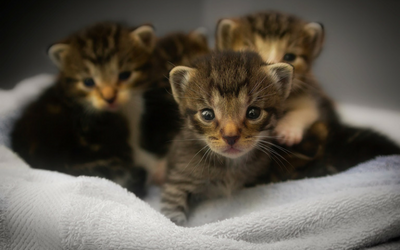
Chlamydial Conjunctivitis In Cats Vca Animal Hospital
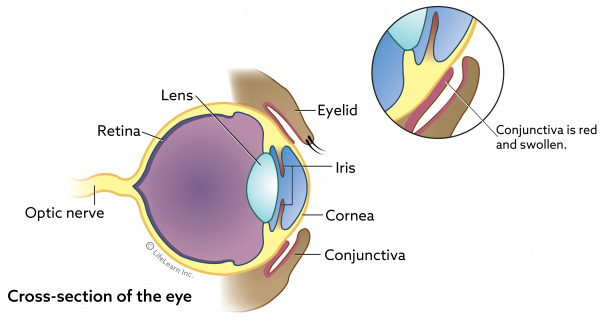
Chlamydial Conjunctivitis In Cats Vca Animal Hospital

Feline Chlamydophila Disease Merck Animal Health Usa

Chlamydia In Cats What It Is And What It Isn T Catster
/kittens-GettyImages-119423835-f8a73e63994b4f36a0bff3953eacd04c.jpeg)
